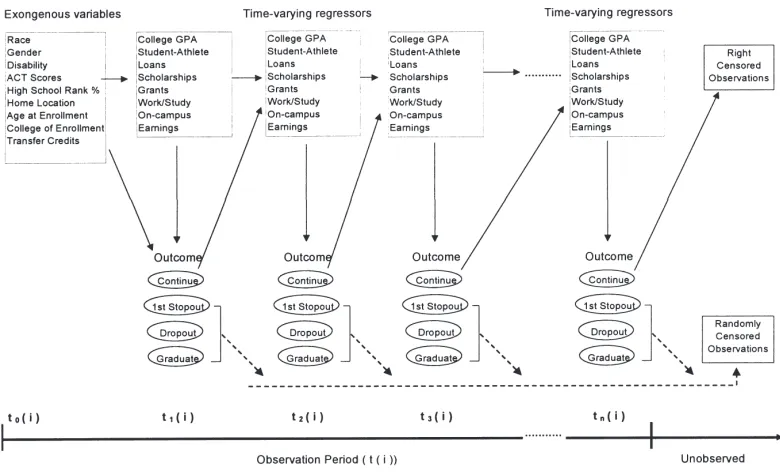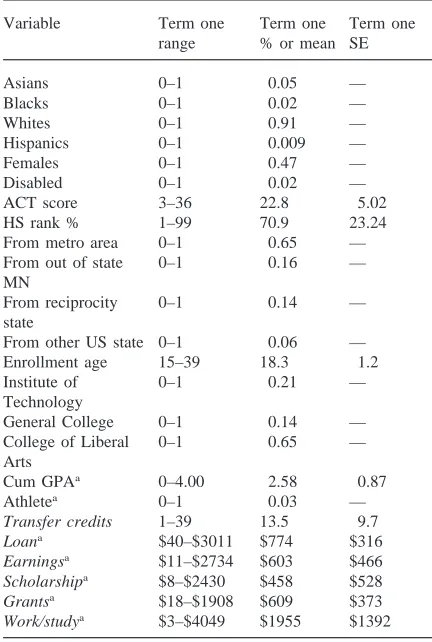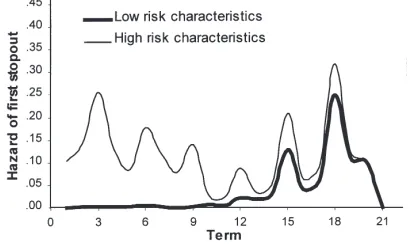Directory UMM :Data Elmu:jurnal:E:Economics of Education Review:Vol18.Issue3.Jun1999:
Teks penuh
Gambar




Dokumen terkait
Motivated by Feder’s two-sector model concerning exports and growth, this article intends to propose a dynamic framework, which bases on the production function theory and consists
The main results obtained are: sector-specific migration of labor may raise domestic welfare, while with capital accumulation such migration necessarily raises the relative price of
The exposure of various global portfolios to the unanticipated (actual) change in a multilateral exchange rate and three different bilateral rates are reported in Table 10 (Table
The policy parameters, the annual money growth rate (or the inflation tax rate) p˙ ( 5 ( z 2 1)/5), and capital gains tax rate t , are calibrated so that the model can predict how
Although concrete evidence is not obtained as to whether the exchange rates are fractionally cointegrated, the d estimates of the error correction term suggest that the exchange
As a welfare analysis of foreign investment policies, this article introduces to this literature the notion that asymmetric information about the true productivity of imported
Accord- ingly, in this plausible case, where the expected return on high-risk loans declines more rapidly with aggregate loan volume than does the equilibrium return on low- risk
We show that (1) joint ownership can be superior to the other ownership structures by overcoming vertical externality of double marginalization; (2) collusive outcomes, however,
